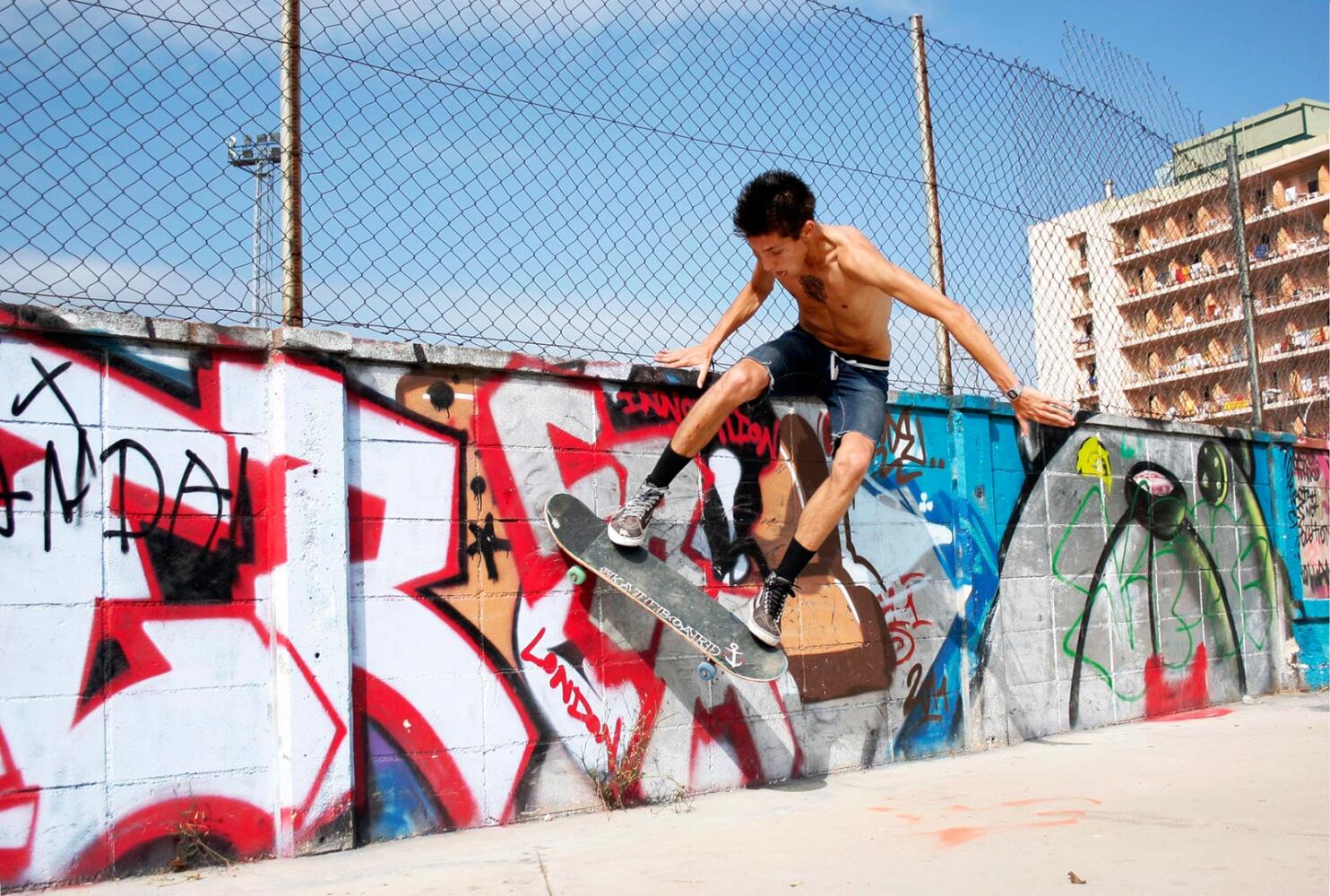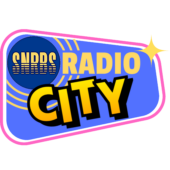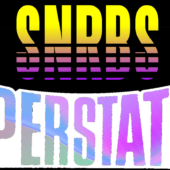World
Page: 2
Music is a big part of civilization. Centuries had passed but music survived and even grew to greater heights every single decade. As a matter of fact, the demand of music has been rising very steadily in the past 10 years and it will continue that way in the foreseeable future. It comes along with […]
Music is a form of art that involves organized and audible sounds and silence. It is normally expressed in terms of pitch (which includes melody and harmony), rhythm (which includes tempo and meter), and the quality of sound (which includes timbre, articulation, dynamics, and texture). Music may also involve complex generative forms in time through […]
Have you ever wondered how your favorite musicians make such great music? The answer is this: They fully understand how musical emotion works, and how to use this to create intense emotions in YOU while you listen to them. Understanding musical expression is key to becoming a great guitar player and musician. When you control […]
One good thing about music, when it hits you, you feel no pain. Liverpool International Festival Of Psychedelia announces first wave of acts. The next Liverpool International Festival Of Psychedelia will take place from 23–24 September. Now in its fifth year, the festival describes itself as a “pan-continental celebration of audio-futurists, operating at the bleeding […]
We had some truly stellar photos come out of our photographers this week, as they attended shows from Vance Joy, Ball Park Music, Matt Corby and Groovin The Moo sideshows, with the common theme being some amazing light shows. As Forbes notes, in the missive, Sixx and bandmates James Michael and DJ Ashba implore YouTube […]
Nightlife in Copenhagen is set for a heavy blow as one of the city’s main clubs, Culture Box, will lose a substantial amount of funding from 2017. Since 2005, the Danish government has provided the club with €240,000 (1,800,000 Danish kroner) per year, but that’ll end at the end of 2016. The club describes the […]
San Bernardino County Supervisor Janice Rutherford said Tuesday she will place an item on the May 24 board agenda calling for an end to rave-style events at the San Manuel Amphiteater in Devore. Rutherford’s decision came amid continued and growing complaints from Devore and Crestline residents about excessive noise generated from electronic dance shows at […]
At 9 p.m. on a Friday in February, Watson was standing outside of La Casa, a micro-church and community center — whose main chapel is the size of your parents‘ spacious living room — nestled next to a tienda in Washington, D.C.’s Mount Pleasant neighborhood. Inside, a hardcore punk band called Unknown Threat had just […]
Price, 57, has played music nearly her whole life, starting with piano when she was five years old. But in the fall of 2009, the guitar was still something of mystery to her. She had been playing for only a couple of months and was struggling a bit with the new challenges. Yet, instead of […]
We are the music makers, and we are the dreamers of dreams. [qtgallery id=“458″] What is that secret age-old productivity tool? Music. Yep. The right music can help you stay focused and more productive. Here’s how: Music Helps Boost Productivity on Repetitive Tasks Research has shown that when presented with repetitive tasks, music can help […]










 SNRBS CITY
SNRBS CITY  SNRBS SUPERSTATION
SNRBS SUPERSTATION